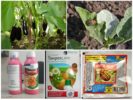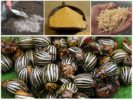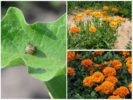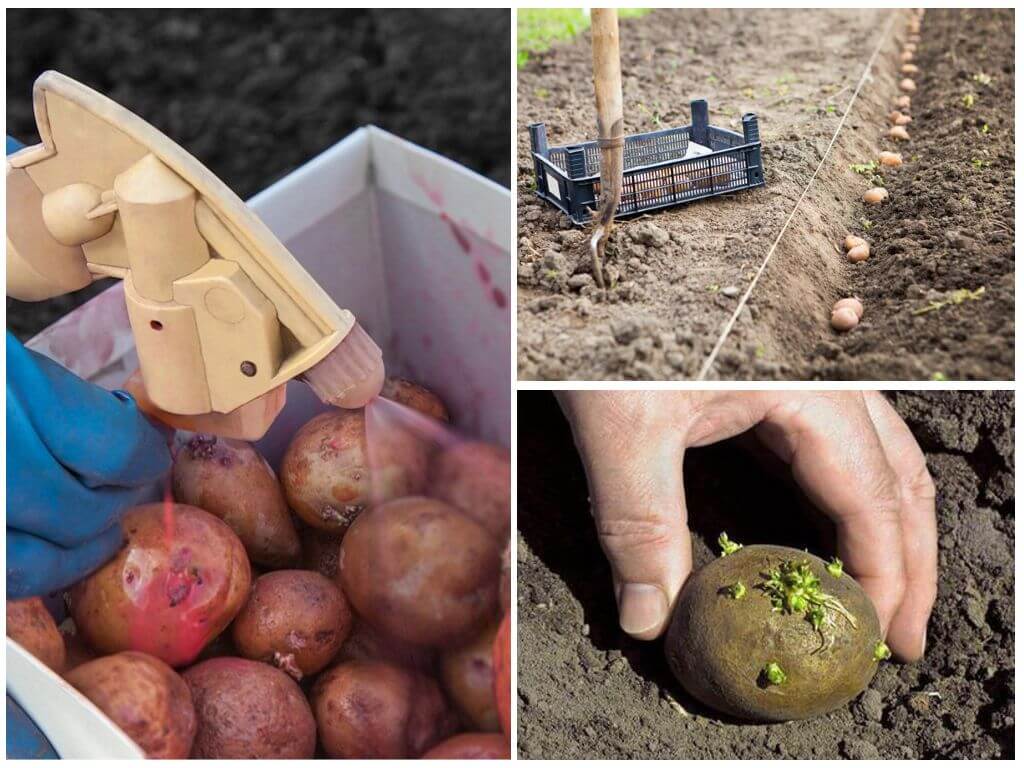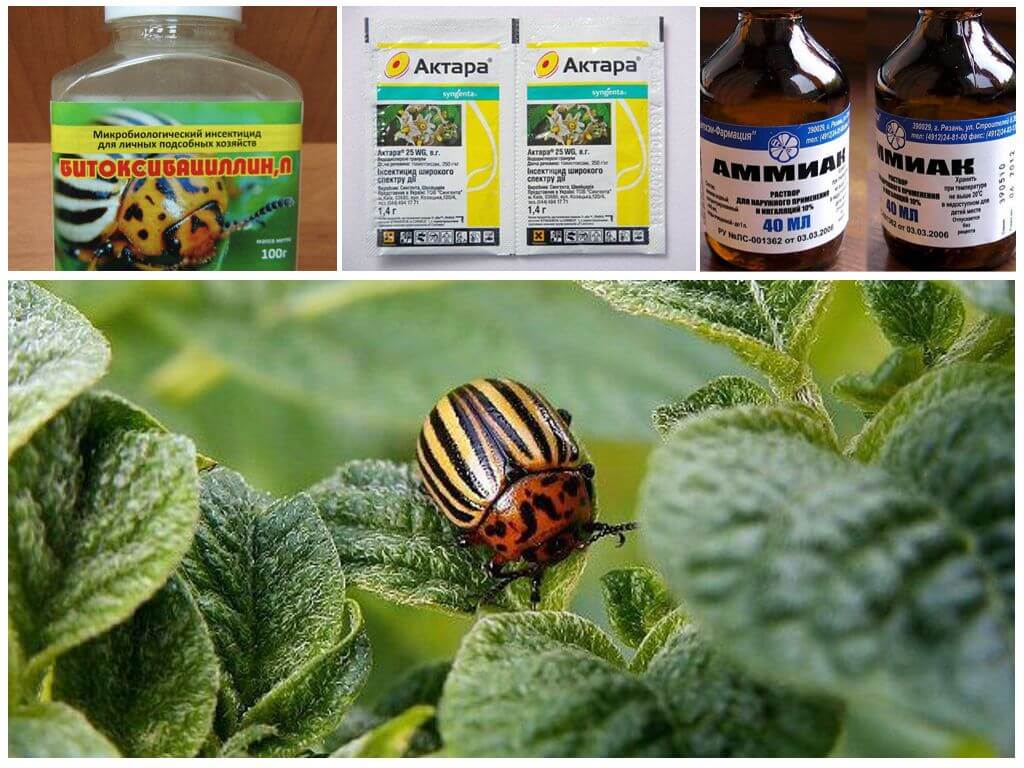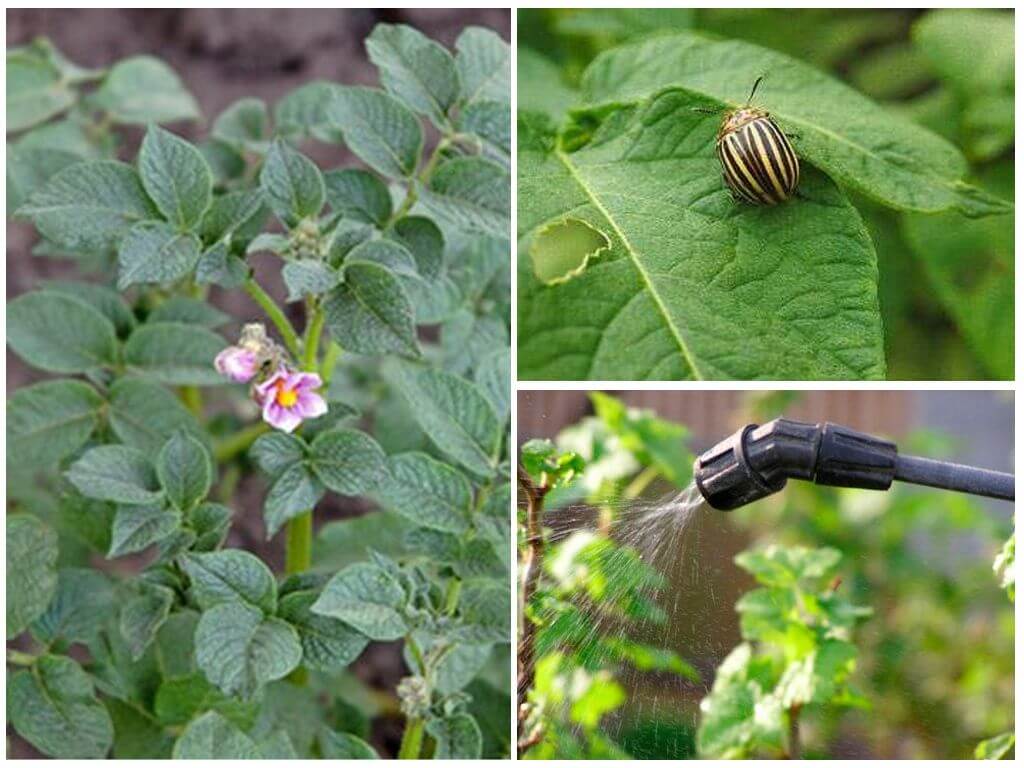- Chemicals for Colorado potato beetle
- Means for dusting eggplant from the Colorado potato beetle
- Colorado potato bug repellent plants
Eggplant is one of the most wholesome and delicious vegetables, which is preferred by many gardeners. Carbohydrate-rich blue ones are also quite nutritious, so it is easy to satisfy hunger with dishes from them. However, with no less appetite, the Colorado potato beetle eats eggplant. Especially young pods of the plant attract the attention of pests, the consequence of which is often the death of seedlings. And taking into account the fact that in one season up to 3 generations of insects can be born, the questions of how to water or how to process eggplants from the Colorado potato beetle arise in many gardeners.
Chemicals
There are many ways to fighthow to protect eggplant from Colorado potato beetle. The most effective way to protect eggplant from pests is to use drugs that have insecticidal components in their composition. And most often the processing of blue ones is carried out by the same means that are used to spray potatoes. An example of such can serve:
All these drugs are used in accordance with the instructions. Processing insecticidal compounds is carried out before flowering plants.
On a note!
You can also process eggplant before planting, or rather seedling roots, means of Actar. In the solution prepared according to the description, the roots of the seedlings are soaked for 7 hours, after which they are planted in the ground. Referring to the numerous reviews of the eggplant solution, this procedure is an excellent plant protection throughout the growing season.

Folk recipes
Despite the fact that chemical agents are more effective in controlling insects, more and more gardeners are trying to use folk remedies. Below are the most popular ones.
Manual collection
Despite the complexity of the process, one of the oldest effective ways to save eggplant from Colorado beetles is to collect insects by hand. It is only necessary to regularly inspect the plants and, as pests appear, collect them in special containers.
On a note!
You should not kill bugs, as well as their larvae directly in the garden. It is preferable to use a concentrated salt solution, kerosene or diesel fuel.
Fighting the Colorado potato beetle on eggplant in this way will be effective if the size of the plot is small. For large plantations, this method is unacceptable.
Powder planting
Protect little blue ones from colorado dusting method of seedlings will help:
- Wood ash. Sifted raw materials are carefully sprinkled with plants at the rate of 10 kg per hundred square meters of land. It is preferable to carry out such a procedure in the morning, when dew is present on the leaves or after precipitation, which will contribute to better adhesion of the woody composition. Before flowering seedlings pollination is carried out 2 times a month, in subsequent times 1 treatment per month is enough.
- Cornmeal. The Colorado beetles that have eaten the eggplant leaves sprinkled with such a composition will begin to die from digestive problems. This is explained by the swelling of corn particles in the esophagus of insects.
To enhance the effect, not only wood ash can be scattered between the beds, but also pine or birch sawdust, the smell of which will repel insects.

Application of infusions
It is possible to process eggplants without chemicals with vegetable infusions. For their preparation use:
- tobacco or onion peel;
- wormwood or celandine;
- the shell and leaves of walnuts;
- dandelion or white acacia;
- garlic.
The raw material is poured with boiling water and insisted in a dark place for 2-3 days.
On a note!
For better fixation, crushed laundry soap is added to the resulting composition. It is preferable to spray eggplants in the evening hours in the absence of wind and cages.
Scaring plants
Co-growing them with plant repellents, which include:
- celery;
- calendula
- dill;
- marigold;
- coriander;
- nasturtium;
- sagebrush.
Planting the above plants between the beds of eggplant will serve as a good protection against pests.
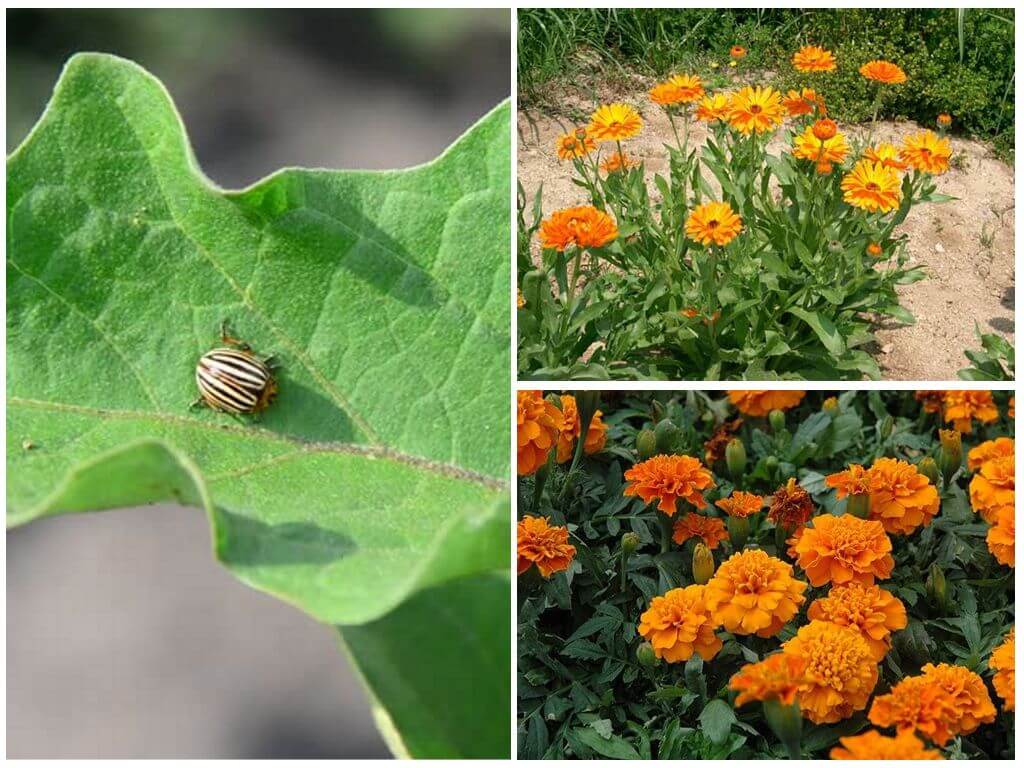
Shelters and traps
To protect the seedlings of blue from colorades planted in the ground, it is possible through the construction of shelters that will impede access to plants. To do this, they often use a small mosquito net, plastic wrap or plastic cans cut from below, each of which should be protected by a separate planting bush.
Traps are another method of saving seedlings of blue from Colorado beetles. Enough at the bottom of the can, the edges of which are smeared with sunflower oil, put a little potato peel. The aroma of your favorite treat will attract the attention of insects, but they will not be able to get out again on the sliding walls.
If you want to get rid of the Colorado potato beetle on eggplant, you should weigh the pros and cons. In the early stages of infection of the beds, it is still preferable to use alternative methods, which, when used correctly and regularly, are very effective. With a large accumulation of pests, it is better to use chemical means.
Reviews
I try to get by in the garden without chemistry. To get rid of Colorado beetles I often use ash. I’ll sprinkle it not only on the beds, but also in the aisle. Simple, cheap, and most importantly completely harmless. Recommend.
Anna, Rostov
Soak the roots of seedlings before planting in Prestige. For 30-40 days, you can not think about pests. After I try to collect beetles manually.
Valentina, Saratov
I protect eggplants from colorads with a mosquito net. I pull it on pegs driven around vegetable beds. Such a construction very well helps.
Igor, Slavyansk
